
How to write
Business Partnership Examples: Famous Collaborations That Changed Industries
Author: Michael Perkins
Updated: Jul 26, 2025
min
Table of contents
A strong business partnership can do a lot. Here are five famous business partnerships that show how powerful collaboration can be:
- Nike and Apple
- Starbucks and PepsiCo
- Spotify and Uber
- McDonald’s and Coca-Cola
- GoPro and Red Bull
In this article, we’ll show you how the right business collaborations can create something that changes industries and talk about the famous business partnership examples that are still discussed today.
And if you need help writing about anything related to business, our professional essay writers offer expert support for your assignments, research, and reports.
What Is a Partnership in Business?
A business partnership is when two or more people (or companies) decide to run a business together. They split the responsibilities, share the profits, and take on the risks as a team. The partnership definition in business means that each partner brings their own unique value to the organization. It could be funding, skills, time, and so on. Unlike corporations, partnerships are usually easier to start and manage.
What Are the Most Common Types of Business Partnerships?
Business partnerships come in a few different shapes, each fitting different goals. Some are designed for small teams, while others can be built for bigger ventures with outside partners and legal protection. No matter what the structure is, the main idea stays the same: share resources and build something together. If you're working on an academic paper about these topics, our business essay writing service can help you structure and present your analysis clearly.
Here are five of the most common types of partnership business structures:
General Partnership
This is the simplest type of partnerships in business. Two or more general partners share ownership and take equal responsibility for the day-to-day decisions and the risks.
- Business value: Easy to start and manage; encourages teamwork
- When to consider: Great for small businesses or family-run companies
- Challenges and threats: All partners are personally responsible if something goes wrong, like unpaid business debts or legal issues
Limited Partnership (LP)
In this setup, there is at least one general partner and one limited partner. The limited partner usually puts in money but does not get involved in running the business.
- Business value: Helps raise money without giving up full control
- When to consider: Good choice for businesses looking for passive investors
- Challenges and threats: General partners carry all the risk; limited partners have limited say in decisions
Limited Liability Partnership (LLP)
Unlike LP, everyone in an LLP has limited liability, which means their personal assets are better protected.
- Business value: Offers legal protection while still allowing partners to manage the business
- When to consider: Often used in law firms, accounting groups, or consulting businesses
- Challenges and threats: Not available in every state, and not allowed for every profession
Strategic Partnership
This is when two businesses team up for a shared goal without becoming one company. They stay separate but collaborate closely.
- Business value: A smart way to enter new markets or combine strengths
- When to consider: Useful for product launches, tech upgrades, or joint marketing efforts
- Challenges and threats: Different priorities or legal concerns over shared work
Joint Venture (JV)
A joint venture is like a temporary partnership. Companies combine efforts for one project or goal, and then part ways or choose to keep going.
- Business value: Perfect for focused, one-time collaborations
- When to consider: Ideal for international growth, big research projects, or testing a new market
- Challenges and threats: Needs a clear agreement from the start, and an exit plan
10 Examples of Partnership Business That Transformed Their Markets
Some of the world’s biggest ideas only worked because the right people teamed up at the right time. When trust and shared goals meet, it changes everything. The journey from small garages to billion-dollar brands becomes possible. Below, you’ll find ten partnership examples in business success stories that reshaped their industries, brought to you by EssayWriters.com.
1. Steve Jobs and Steve Wozniak (Apple)

Before Apple was a tech empire, it was two friends tinkering with computers in a garage. Jobs had a vision. Wozniak had the technical skills. Together, they created something the world had never seen.
- Business success: Apple went from a home project to a global leader in personal tech and a real world example of partnership
- Why their partnership worked: Wozniak focused on engineering; Jobs handled the business and storytelling. Jobs pushed for user-friendly innovation, and Wozniak turned that into real, functional hardware. Each stayed in their lane and trusted the other.
2. Ben Cohen and Jerry Greenfield (Ben & Jerry’s)

These two childhood friends took a correspondence course on ice cream making and ended up building one of the most loved dessert brands on the planet. Their company stood out for more than just flavors. It had a heart.
- Business success: Built a $500 million brand that mixed profit with purpose
- Why their partnership worked: They shared values and divided responsibilities. Cohen led creative direction and marketing, and Greenfield focused on operations and product development. This is one of the most successful examples of partnership, because they kept communication open and centered their decisions around community-driven goals.
3. Bill Gates and Paul Allen (Microsoft)
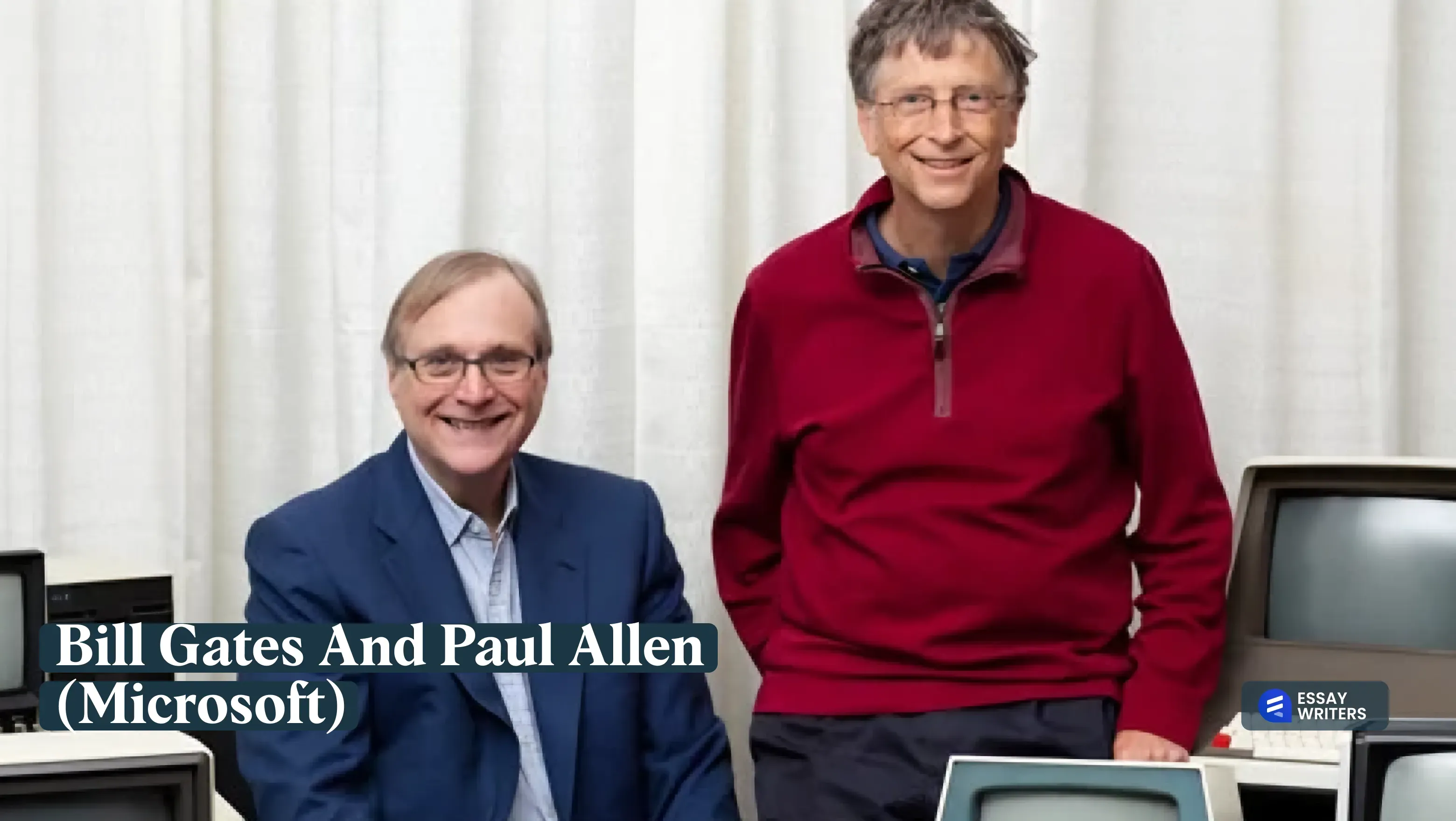
They saw the future of computing before most people even owned a computer. Gates had a sharp business mind. Allen was a software visionary. Their combined strengths helped Microsoft take off.
- Business success: Helped define the PC era and created one of the most powerful tech companies in history
- Why their partnership worked: Allen’s technical instincts led to early software breakthroughs, while Gates focused on building strategic partnerships and licensing deals. Allen wrote the code, and Gates got it in front of the right people.
4. Larry Page and Sergey Brin (Google)
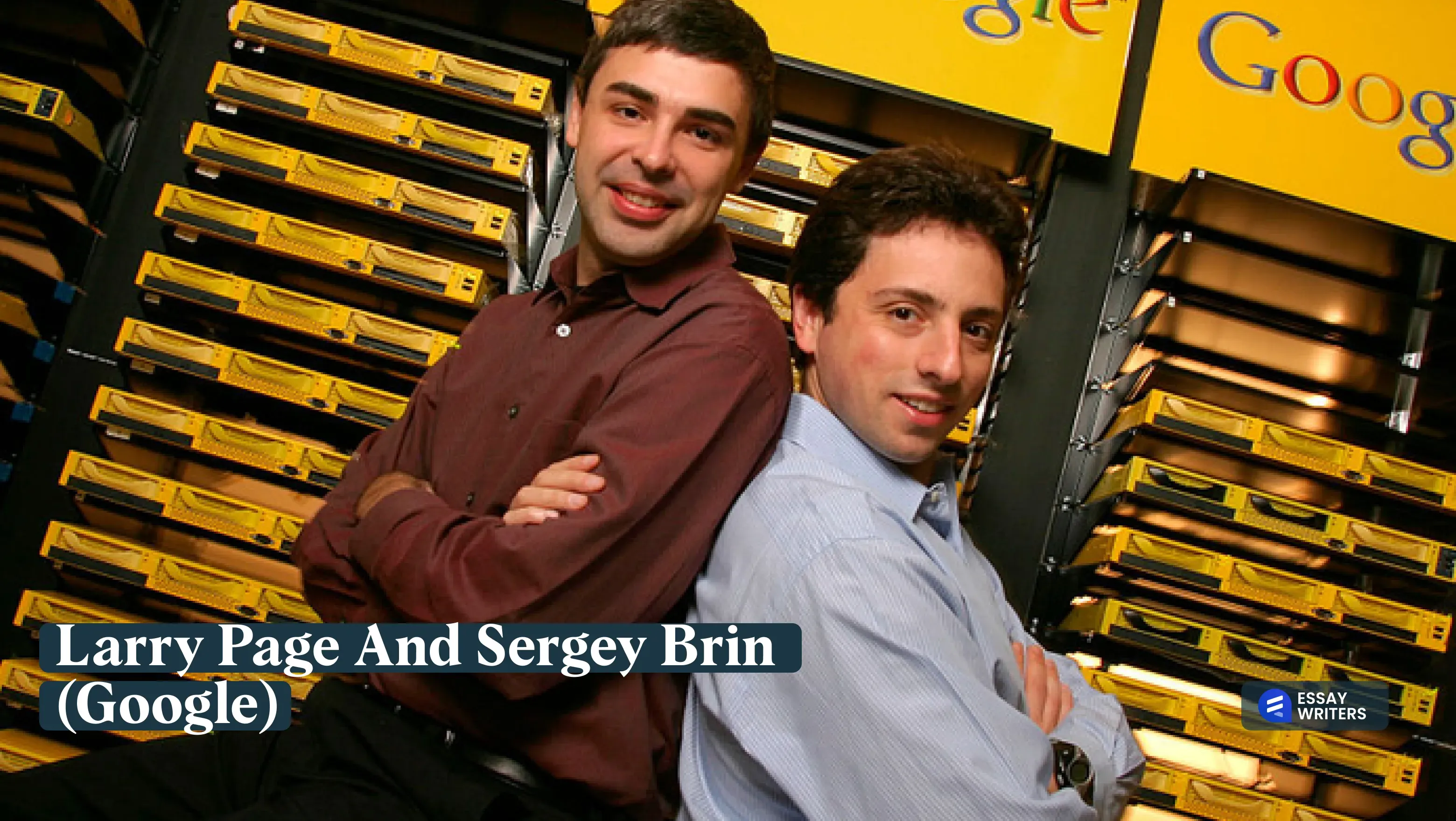
What started as a research project at Stanford turned into a tool that billions of people use every day. Page and Brin built a better way to explore the internet and kept improving it.
- Business success: Created Google, now a global giant in search, ads, maps, and more
- Why their partnership worked: They shared a clear mission and let their curiosity guide the company’s direction. Both were brilliant engineers, but their real strength came from pushing each other’s ideas. Page concentrated on speed and infrastructure; Brin drove the user experience and visual aspects.
5. Procter & Gamble
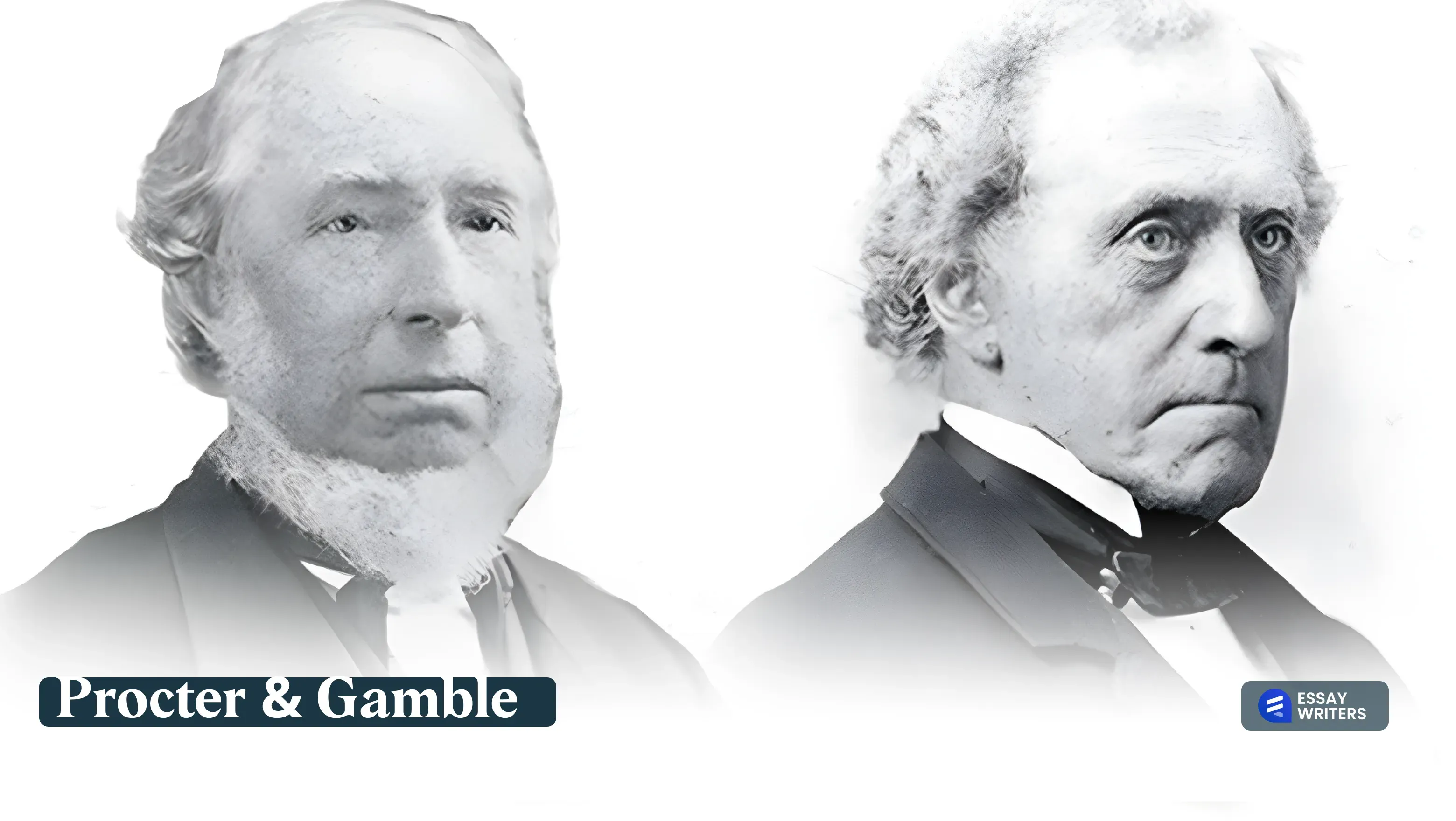
Before they were a household name, William Procter and James Gamble were in-laws with separate businesses: one made candles, the other made soap. A family suggestion brought them together, and the rest is history.
- Business success: Grew into one of the most trusted names in consumer goods
- Why their partnership worked: Procter understood numbers and risk. Gamble knew production and the needs of everyday customers. Together, they figured out how to scale without cutting corners. Plus, their family connection helped build trust early on.
6. McDonald’s and Coca-Cola

This brand pairing is so familiar, most people never question it. But this strategic partnership helped both companies grow far beyond what they might have managed alone.
- Business success: Created a global fast-food experience built on consistency and loyalty
- Why their partnership worked: They worked together on marketing, equipment, and expansion from day one. Coca-Cola customized products for McDonald’s, and McDonald’s gave them unmatched visibility. Decades of trust and aligned customer strategies is the foundation of their success.
7. GoPro and Red Bull

Extreme sports. High-energy branding. Nonstop adventure. This partnership was made for thrill seekers. Red Bull gave the events and energy; GoPro captured every second.
- Business success: Turned athletes and stunts into shareable, high-impact content
- Why their partnership worked: Both brands understood their audience and created something unforgettable. Red Bull had the athletes and events. GoPro had the cameras to capture every jump, crash, and free fall. Their brands clicked naturally, and they kept finding new ways to tell high-energy stories that fans loved.
8. Disney and Pixar
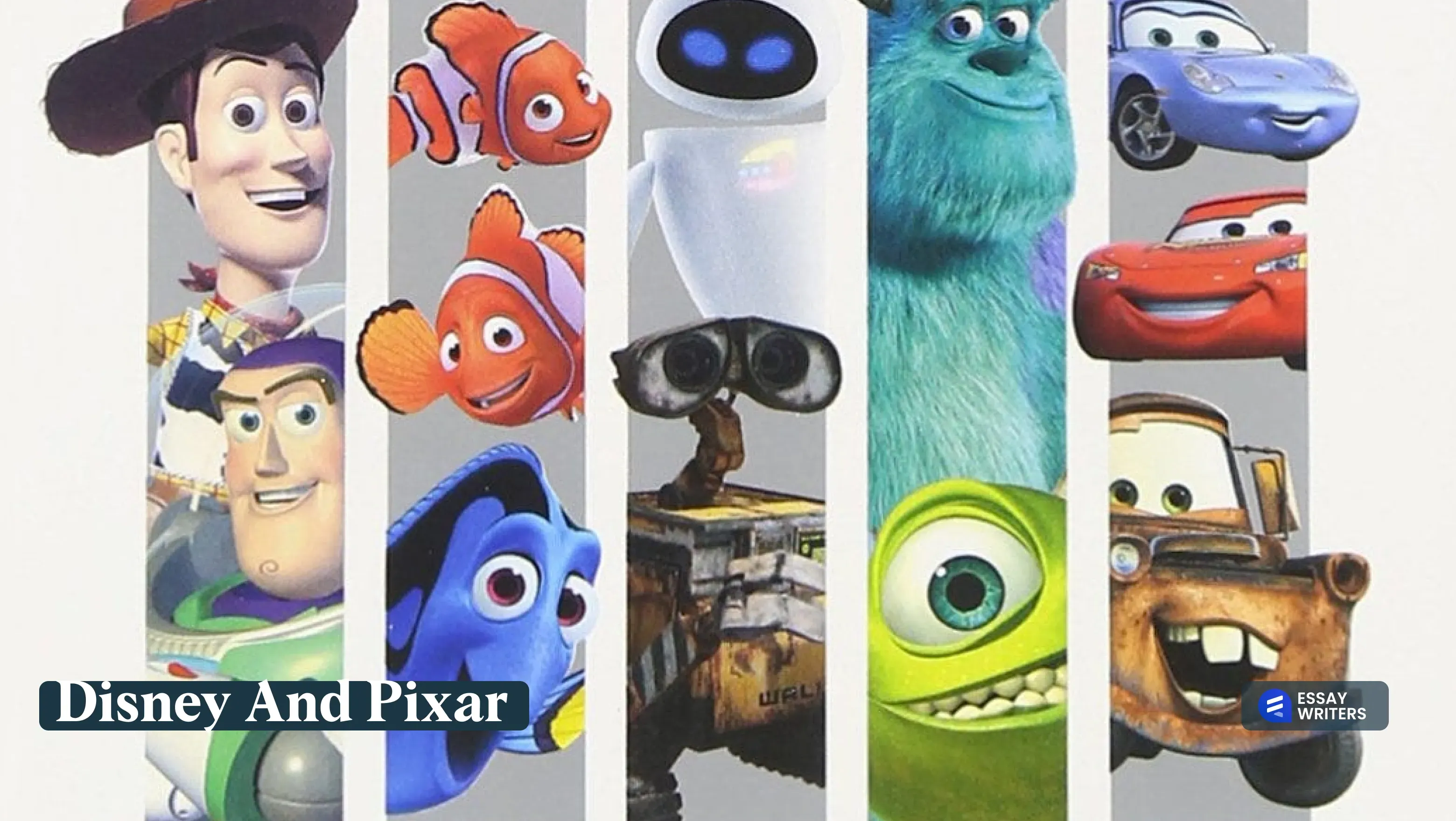
Pixar had the animation tech. Disney had the platform. When they teamed up, the results were magic. Think Toy Story, Finding Nemo, and many more.
- Business success: Their films redefined animation and brought in billions
- Why their partnership worked: Pixar needed distribution, and Disney needed fresh stories. They built trust film by film, until the relationship grew into a full merger. But even after joining forces, Disney allowed Pixar to maintain its creative freedom. Because of that respect, the partnership lasted.
9. Starbucks and PepsiCo
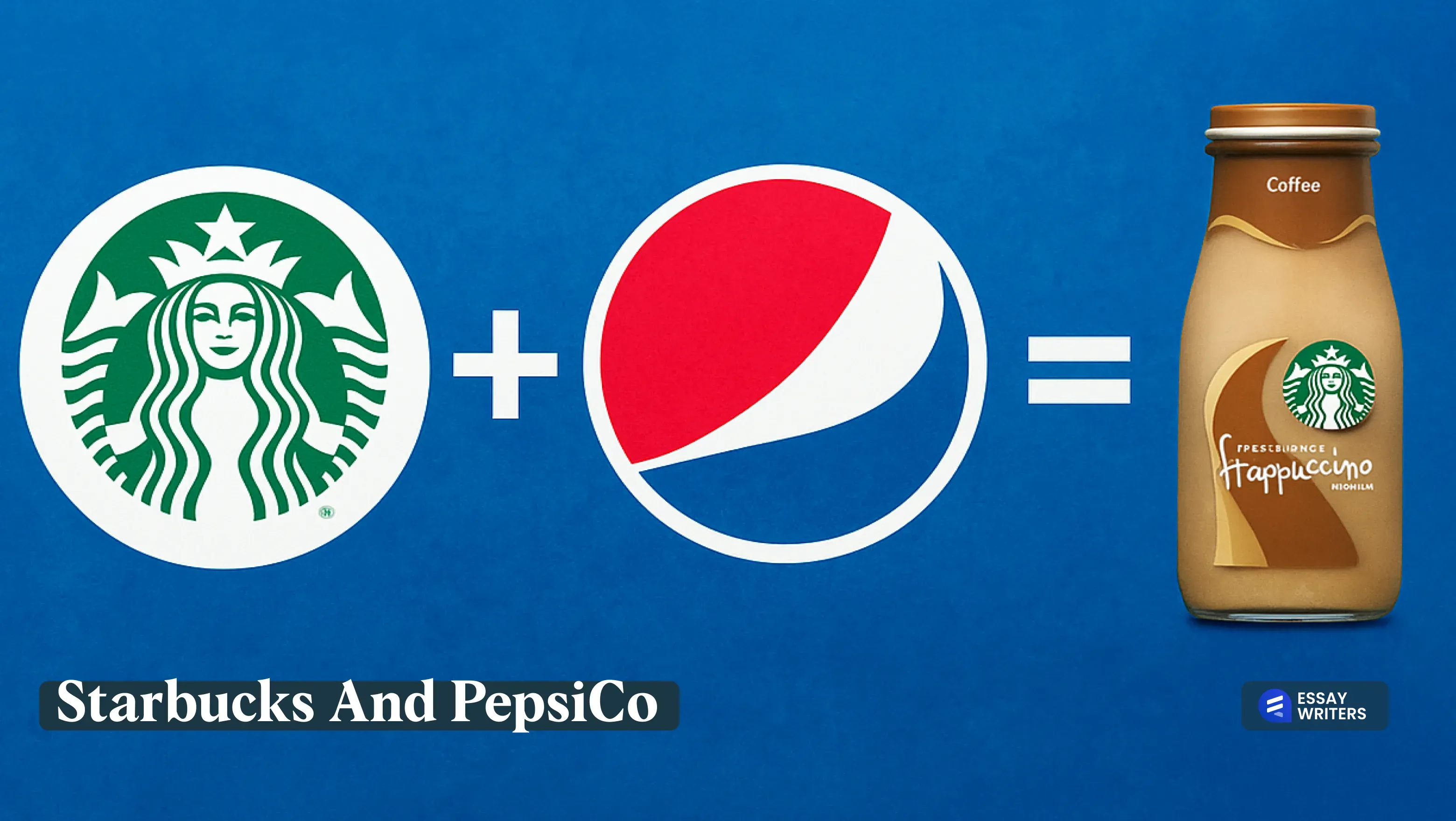
Starbucks knew coffee. PepsiCo knew how to get products on every shelf. When they joined forces, Starbucks bottles started popping up everywhere, like gas stations, grocery stores, and vending machines.
- Business success: Took Starbucks beyond cafés and into everyday life
- Why their partnership worked: Starbucks wanted to get its drinks into stores and fridges, but did not have the infrastructure. PepsiCo knew how to handle that. Starbucks focused on flavor and branding, and PepsiCo handled bottling and delivery. It was all about combining reach with quality.
10. Nike and Apple
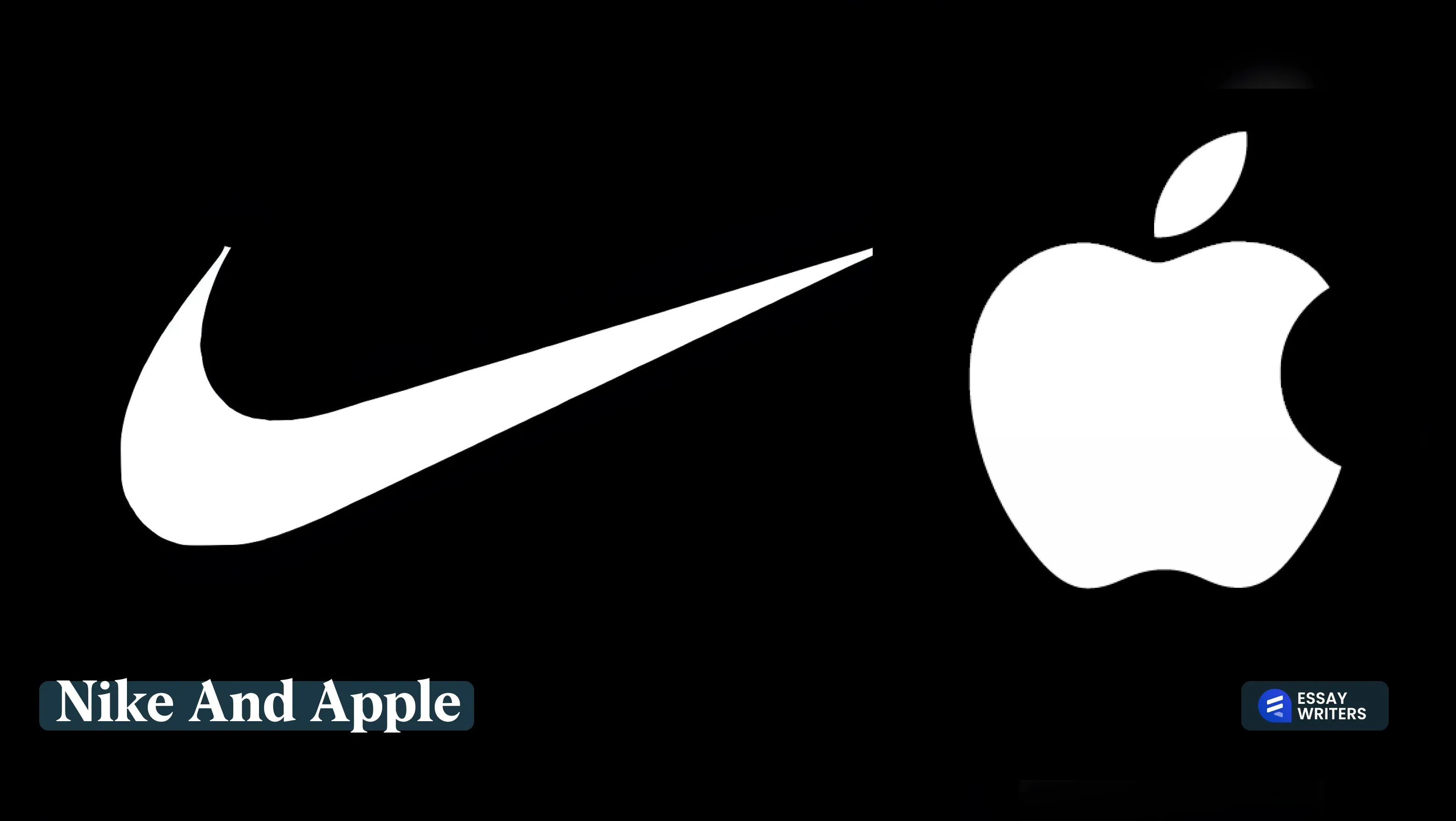
Before smartwatches were everywhere, Nike and Apple teamed up to blend fitness with music. Their Nike+iPod Sports Kit was an early step into wearable tech.
- Business success: Laid the groundwork for fitness tracking tools and Apple’s wearables today
- Why their partnership worked: Both companies cared about sleek design and loyal users. From hardware to apps, both companies collaborated closely to build features that runners actually wanted. Their partnership worked because they focused on real users, shared data, and kept improving
Top 5 Co-Founder Partnerships Examples
Big ideas do not always arrive with a business plan attached. Sometimes they start with a problem that two people cannot stop talking about and a side project that might feel small at the moment. Co-founder partnerships are based on shared instincts and knowing exactly when to push each other. Below, you’ll find five co-founder partnerships that prove just how powerful the right pairing can be.
1. Evan Spiegel and Bobby Murphy (Snap Inc.)
This duo started out building a class project at Stanford. That idea became Snapchat, a social media app that rewrote the rules for how people share moments online.
- Meeting: Stanford classmates who teamed up on school projects
- Business success: Created Snapchat, now used by hundreds of millions daily
- Why their partnership works: Spiegel led product vision and branding, Murphy built the tech behind it
2. Reed Hastings and Marc Randolph (Netflix)
Netflix began as a DVD-by-mail service. Hastings and Randolph saw something deeper, a chance to disrupt how the world consumes entertainment.
- Meeting: Met while working at the same software company in California
- Business success: Transformed a rental idea into the biggest name in streaming
- Why their partnership works: Hastings focused on scaling and innovation, while Randolph guided early strategy and product direction
3. Jennifer Hyman and Jennifer Fleiss (Rent the Runway)
After chatting about how expensive it was to wear something new for every occasion, the two Jennifers came up with a business model that changed fashion access for millions.
- Meeting: Became friends while studying at Harvard Business School
- Business success: Built a fashion rental brand worth over $1 billion
- Why their partnership works: Hyman led growth and investor relations, and Fleiss focused on operations and execution
4. Stewart Butterfield and Cal Henderson (Slack)
What started as a tool built during a failed gaming startup ended up becoming the go-to messaging platform for teams around the world.
- Meeting: Collaborated while working on Flickr and its parent company
- Business success: Created Slack, used globally by businesses to manage team communication
- Why their partnership works: Butterfield shaped the mission and culture of the startup collaboration, and Henderson engineered its backbone
5. Melanie Perkins and Cliff Obrecht (Canva)
Perkins and Obrecht saw how frustrating design software could be and set out to fix it. Canva turned that frustration into a platform anyone could use.
- Meeting: Met at university while building an online yearbook design tool
- Business success: Grew Canva into one of the most widely used design tools in the world
- Why their partnership works: Perkins focused on product vision and storytelling, Obrecht drove business strategy and growth
Benefits of Business Partnerships
The whole philosophy of running a business together is combining what each of the partners does best. A strong partnership can open doors, spark new ideas, and keep things moving when challenges hit. It can be two people just starting a new company or two well-established businesses looking to team up. When the right partners meet each other, they find the edge that pushes a good idea into something bigger. Here are some key benefits of business partnerships:
- Shared responsibility: Partners can divide daily operations, decision-making, and problem-solving.
- More resources: Combining capital, skills, and networks helps scale faster.
- Fresh ideas: Different perspectives lead to better brainstorming and innovation.
- Lower risk: Financial and legal burdens are shared, not carried alone.
- Stronger support system: Having someone invested in the same goals brings motivation and accountability.
Final Thoughts
A good partnership is built around trust, shared goals, and the ability to solve problems together. Some of the best business partnerships that we discussed started with a handshake, others with a college project or a simple idea scribbled on a napkin. But in each case, without exception, communication played the key role. Here are a few takeaways to keep in mind:
- Partnerships combine ideas, resources, and duties for greater impact.
- They come in many forms, each with unique pros and risks.
- Trust, not just contracts, often drives the best partnerships.
- Strategic brand alliances spark innovation, expand markets, and strengthen customer ties.
- Clear agreements help avoid conflict by defining roles and expectations early.
And if you're writing about partnership structures, business operations, or successful collaborations, our essay writers can help you bring those topics to life. For more practical business writing help, read our guide on Business Letter Format to master professional communication.
FAQs
What Is a Partnership in Business?
Partnership in business is where two or more people share ownership, responsibilities, and profits, often under a written agreement.
What Are 3 Well-Known Partnership Businesses?
The three notable partnerships are Apple, started by Steve Jobs and Steve Wozniak, Ben & Jerry’s, created by Ben Cohen and Jerry Greenfield, and Microsoft, founded by Bill Gates and Paul Allen.
What Is an Example of Business Partnering?
Nike and Apple partnered to create fitness tracking tech, combining hardware, design, and user experience to reach shared goals.
What Do Successful Local Partnership Business Examples Have in Common?
Successful local partnerships share clear roles, steady communication, and a commitment to shared goals. They usually combine complementary skills, rely on mutual trust, and stay engaged with their community. This strengthens their reputation and helps the venture grow.
How Can Small Business Partnership Examples Guide New Entrepreneurs?
Small business partnerships give new entrepreneurs something real to study. They show how two people blend skills, share the workload, and solve problems together. These cases also highlight habits that matter early on, like clear communication, trust, and a practical plan for growth.
Sources
Lutze, L. (2022, September 22). 8 iconic business partnerships and what made them work. U.S. Chamber of Commerce. https://www.uschamber.com/co/grow/thrive/iconic-business-partnerships


